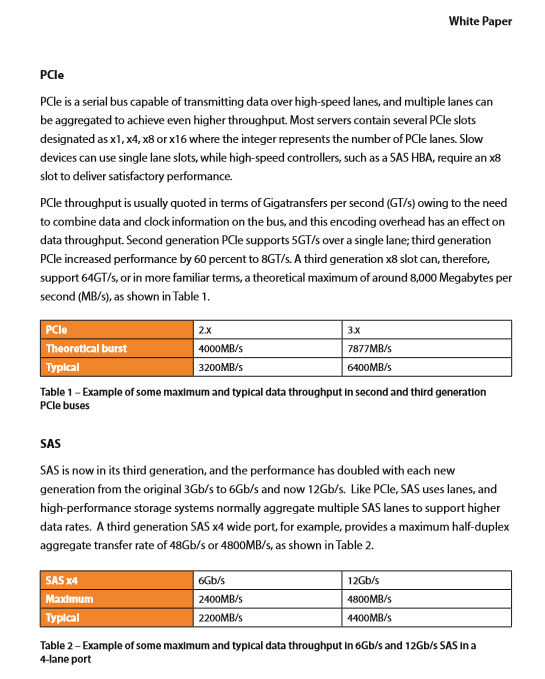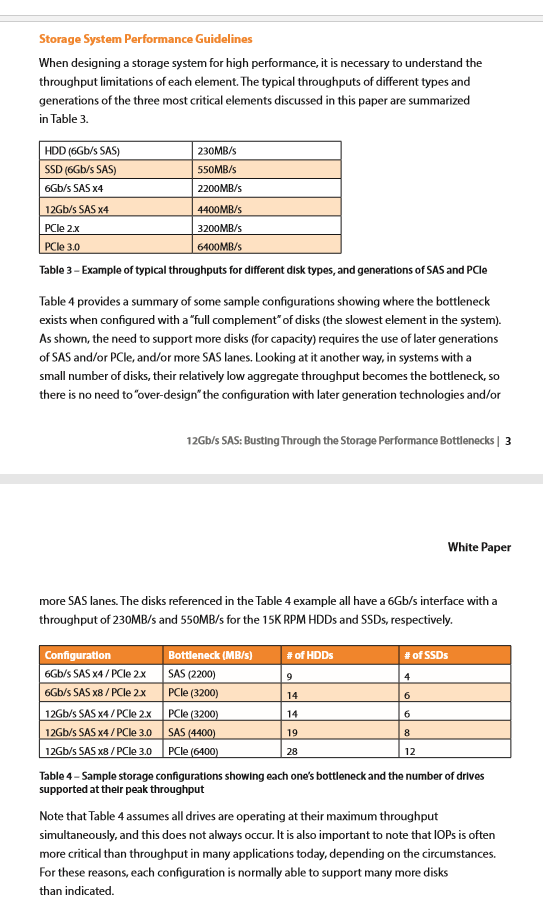- Mar 27, 2009
- 12,968
- 221
- 106
Here are some I found so far:
1. Seagate (LSI).
2, Xilinix
3. Samsung. (Not confirmed, but I can't imagine them not designing their own SAS SSD controllers)
4. Toshiba. Example SAS SSD here.
(Interestingly, I found out this company has a value SAS SSD meant to replace SATA SSD--> https://business.toshiba-memory.com/en-us/company/tma/news/2018/06/storage-20180619-1.html)
P.S. Not sure yet who makes WD/Hitachi SAS SSD controller. An example of their SAS SSD here.
1. Seagate (LSI).
2, Xilinix
3. Samsung. (Not confirmed, but I can't imagine them not designing their own SAS SSD controllers)
4. Toshiba. Example SAS SSD here.
The PM5 SAS SSD and CM5 NVMe SSD are based on a new generation of SSD controllers that use the same architecture for both NVMe and SAS, allowing the two product families to share several key features.
(Interestingly, I found out this company has a value SAS SSD meant to replace SATA SSD--> https://business.toshiba-memory.com/en-us/company/tma/news/2018/06/storage-20180619-1.html)
P.S. Not sure yet who makes WD/Hitachi SAS SSD controller. An example of their SAS SSD here.
Last edited:





